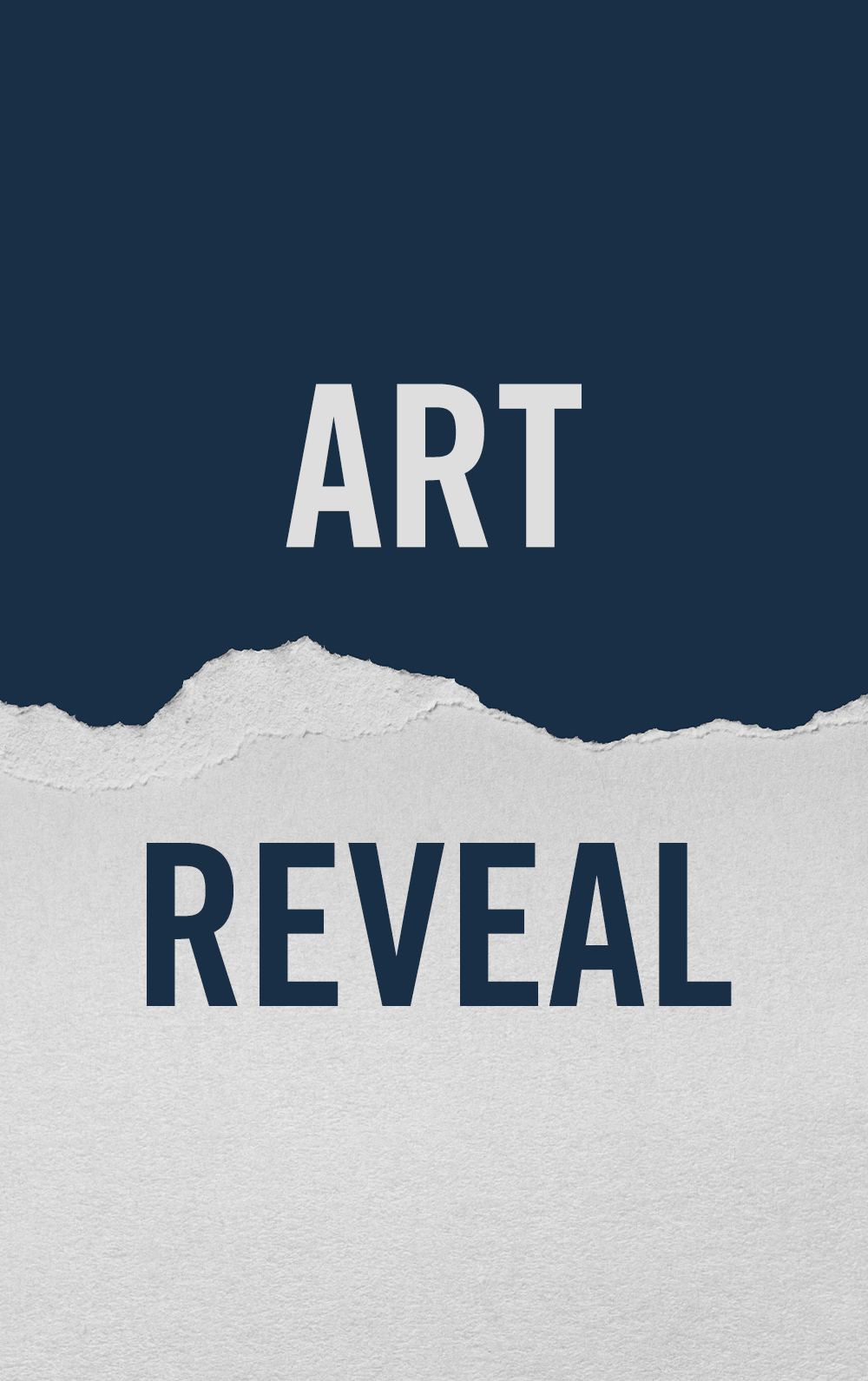
Today we're showing three pieces of artwork from our November 2025 series books! Let us know in the comments which books you'd like to see featured in our December 2025 Artwork Reveal!
Continental Soldier vs Hessian Soldier; American Revolution 1775–83
By Robbie MacNiven
Illustrated by Marco Capparoni

The capture of the Hessian battalion guns at Trenton, December 26, 1776
Hessian view: This split-screen scene depicts the height of the fighting at Trenton from both the Hessian and Continental perspectives. The combat is raging along King Street, where Continental artillery supported by infantry has already broken one attempted Hessian assault. In response the Hessian commander, Colonel Rall, has ordered two of his own battalion guns brought forward, but it has not taken long for Patriots firing from the windows of buildings along King Street to kill, wound, or drive off the gunners, causing the survivors to flee south and out of the tow
Continental view: In response to the efforts of the Hessian troops retaking their battalion guns, a mixed force of Continental infantry and artillerymen, mostly from the 1st Delaware Regiment and 3d Virginia Regiment, are charging down King Street. To the right, Captain William Washington is being hit by musket fire in his right hand – he soon after receives a wound in his left hand as well. On his left, Lieutenant James Monroe is encouraging his men forward, small sword drawn. Monroe too would be wounded, shot in the upper chest, but both men would survive, and the attack on the guns was successful, capturing them for a second time. Rall himself was mortally wounded soon after, marking the collapse of organized Hessian resistance.
Requested by Karl Dietrich
Royal Navy Monitors of World War II: Britain's battleship-calibre gunboats
By Angus Konstam
Illustrated by Adam Tooby

HMS TERROR UNDER AIR ATTACK OFF BENGHAZI, 1941
This illustration shows the air attack underway. The first wave of bombers has just released its bombs, all of which missed HMS Terror. However, the second wave is close by, making its final bombing run. Anti-aircraft fire from HMS Fareham and HMS Salvia is ineffective, while the gunners aboard Terror are distracted by the first attack, and so are slow to react to this new threat. As a result, the second wave of attackers have a clear final run in towards their target.
Roman Infantry Helmets
By M.C. Bishop
Illustrated by Giuseppe Rava

PRINCIPATE INFANTRY HELMETS IN USE
The helical frieze on Trajan’s Column depicts soldiers involved in construction work stacking some of their equipment (notably the pieces that would get in the way while working) nearby. The use of the curved, rectangular scutum made it possible to do this in a stable way that was not possible with oval shields. Placing the pilum behind the shield and then looping the helmet tie lace over this produced a convenient means of stacking equipment that also made for easy access in the event of an emergency. Presumably the tie lace was run from the loops under the neck guard and down to the hand grip of the shield where it could be secured with a slip knot. Cheek pieces seem to have been folded inside the helmet bowl in every case. Presumably, in high winds, the shield would be lain down with the helmet on top to keep it in place.
During the Early Principate, as neck guards grew larger, helmet carrying handles began to be attached. These were of a fairly uniform size, but were never large enough to fit an entire adult hand through. By inserting the three middle fingers through the loop and using the little finger and thumb resting against the neck guard, however, it was possible to steady the helmet while carrying it.
Tying the helmet to the shield hand grip is also suggested by the relief of three legionaries from Croy Hill, in which two of the three men have their helmets draped over the front of their shields, which rest by the left foot in each case. The third man wears his helmet on his chest, presumably having tied the lace around his neck. Again, in each case, the cheek pieces appear to have been folded within the helmet bowl. All three men wear paenulae over their mail armour, but only the centre man has a beard (fashionable in the Antonine period), which has sometimes led to suggestion that this man was the father of the two clean-shaven men on either side of him.

Comments
You must be logged in to comment on this post. Click here to log in.
Submit your comment